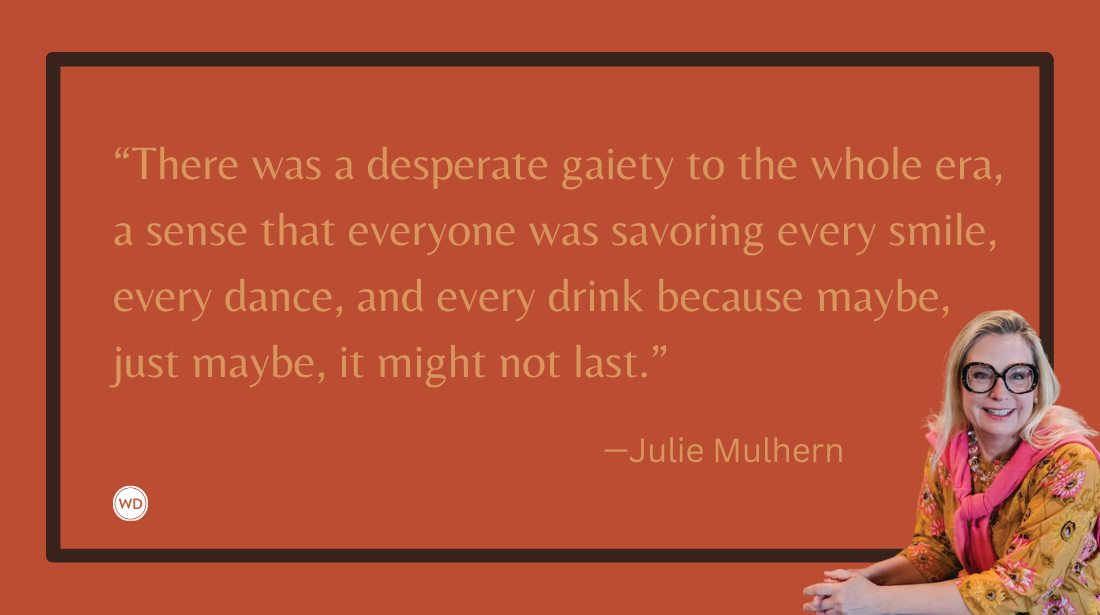How To Turn an Idea Into a Chapter Book Series
From finding the idea to writing the manuscript and sending it off to agents, author Christine Evans maps out how to turn an idea into a chapter book series.
Chapter books are a literary bridge for children who are moving from early readers to middle grade novels. For ages 7-10, they have short chapters, black and white illustrations, and around 6,000 -10,000 words. Early chapter books for ages 5-8 often have full page color illustrations and are much shorter. The Scholastic Branches line is a good example of these books.
Tip: if you want to see how long a book is, search for it on AR BookFinder.
Why Write Chapter Books?
When children read chapter books, they experience the joy of reading to the end of a chapter, living in a character’s world, and anticipating the next book in a series.
Carter Higgins, author of Audrey L and Audrey W: Best Friends-Ish, says, “Chapter books are consumed by readers quickly and with passion. It's fascinating to watch a young reader stick their nose into a book and not take a breath (or a snack) until it's over.”
The fact that kids read chapter books quickly means they’re always looking for the next book. Get the right idea, and you’ll hook readers for years to come.
Finding an Idea
A great chapter book idea should be relatable to your target audience. Carter Higgins says, “There's something so excruciatingly dramatic about the daily life of a young person, which is easy to forget as a grownup. The idea for [my] series was born out of that desire to create a familiar world for them, one that says 'Yeah, second grade was pretty terrible today, right?'”
Carter was a school librarian, so she was very familiar with classroom dynamics when she set out to write her books. If you don’t have this experience, you can think about kids you know in your life and your own childhood. What did you love, hate, need, wish for, when you were a second or third grader?
Susan Muaddi Darraj, author of the Farah Rocks series, looked to her family for inspiration, “[My daughter] commented that she wished there were books that had Arab American girls in them. That made me truly sad, because I'd wished for the same thing when I was her age. So, I decided to write a book for her, and the idea of Farah just grew and developed organically from there.”
Your day job might also give you some ideas. Vicky Fang, author of the Layla and the Bots series, says “I am a product designer who was designing some DIY cardboard robots for kids. I wanted to write a fun story about robots who combine their skills. When the title Layla and the Bots popped into my head, I knew it had to be about a rockstar girl and her band of bots!”
For Dawn Quigley, author of the Jo Jo Makoons series, rejection was the inspiration to get started on a chapter book, “I had a picture book rejected in the spring of 2019. Then, my mentor and friend, Cynthia Leitich Smith suggested I try a chapter book … Pretty soon, a little spunky little Ojibwe girl began running around in my mind making me laugh at her antics!”
Dawn also has educator experience. “I always think of the memories and themes of working and being around little kids. Kids are hilarious and smart and so loving.”
Series Potential
A chapter book idea needs to work for multiple books. Jonathan Westmark, executive editor at Albert Whitman & Co., says, “We’re always looking to expand our chapter books into successful series, so I look for what’s driving the action and causing tension and whether it will be sustainable over multiple entries.”
Susan Muaddi Darraj suggests your series needs a unifying concept or a theme such as The Baby-Sitter's Club. “The club the girls form becomes the ‘shape’ of the book—it's like the container that holds all their adventures. We have the same core of girls, attached to this club, and we follow their growth and development.”
Writing Characters
Chapter books introduce some of the first characters that kids fall in love with. Ramona, Junie B. Jones, and Judy Moody are unforgettable characters that have endured for years. So make your characters special and relatable to capture your readers’ hearts.
Vicky Fang says, “Each of the Layla and the Bots books is a standalone story, but the characters have recognizable personalities that kids grab on to. I wrote mini descriptions to help me and the team develop their characters and give them clear roles throughout the stories.”
Dawn Quigley also made sure to include many other characters besides the titular Jo Jo Makoons. “By doing this, I would have plenty of ideas to include these characters in future books.”
A great tip from Susan Muaddi Darraj is to make sure your characters have distinct characteristics. “For example, Farah has a cute saying, ‘Holy hummus,’ whenever she's surprised, and that identifies her readily. Her best friend, Allie, has straight black hair that she always twists around her finger. Farah's father substitutes the letter ‘b’ for the letter ‘p’ when he speaks English, because of his accent. These small details help the reader feel immediately familiar with the character.”
Remember, your readers may not read your chapter books in order. You need to ensure readers can still understand what’s happening in each book.
Carter Higgins says, “Developing a second book or so requires a balance of introducing the world and its characters to a reader who may be meeting them for the first time, while also rewarding familiar readers with new information about each character and their friendships. In chapter books, we learn a lot about characters based on how they react to the problems and people they encounter.”
Chapter Book Challenges
Writing chapter books is incredibly fun, but it's not without challenges. Dawn Quigley found it challenging to stay in the mindset of a seven-year-old, “I needed to ground my world views, interpretations, and vocabulary in Jo Jo’s first grade character. It’s so fun to be in her world!”
Vicky Fang describes writing chapter books as a puzzle, “Trying to convey certain concepts in simple words and sentences so that a kid can read independently can be a bit of a puzzle!”
Submitting Chapter Books
Jonathan Westmark likes to see a log line, a series overview, three or four book ideas, and a full manuscript in the submission. “The log line and series overview tell me where the project may fit in the market and, maybe more importantly, show that the author is actively thinking about this as well. The ideas for future books give me a sense of the parameters of the series and highlight any serialized components.”
When assessing a chapter book idea Jonathan looks for clear selling points; a strong story engine; lively, distinct characters; and humor. The book needs to appeal to kids as well as to the parents, teachers, and librarians that may be buying books for kids. “If it’s a STEM chapter book series, for instance, what is balancing out the subject matter to keep kids interested? If it’s a character-led mystery series, what is it doing to make it a first purchase for libraries?”
Final Words of Advice
Jonathan advises aspiring chapter book authors “to take a close look at some of their favorite series and consider how the broader structure is working and then the craft within. How long are the chapters? How does the author get in and out of scenes? How do jokes or reveals get set up? How does one book build on the others?”
Most of the authors I spoke to also recommended reading stacks of chapter books. Vicky Fang made a video which shares tips on how to use mentor texts and get started on your own ideas.
Good luck with your chapter book adventure, and have fun!
Christine Evans is a children’s book author who writes books to inspire curiosity, change, and creativity. Her picture books include Evelyn the Adventurous Entomologist (The Innovation Press) and Emily’s Idea (Sounds True). She is also the author of a chapter book series, The Wish Library (Albert Whitman & Co.). You can follow Christine Evans on Twitter and Instagram (@ChristineNEvans) and find out the latest news on her website pinwheelsandstories.com.









